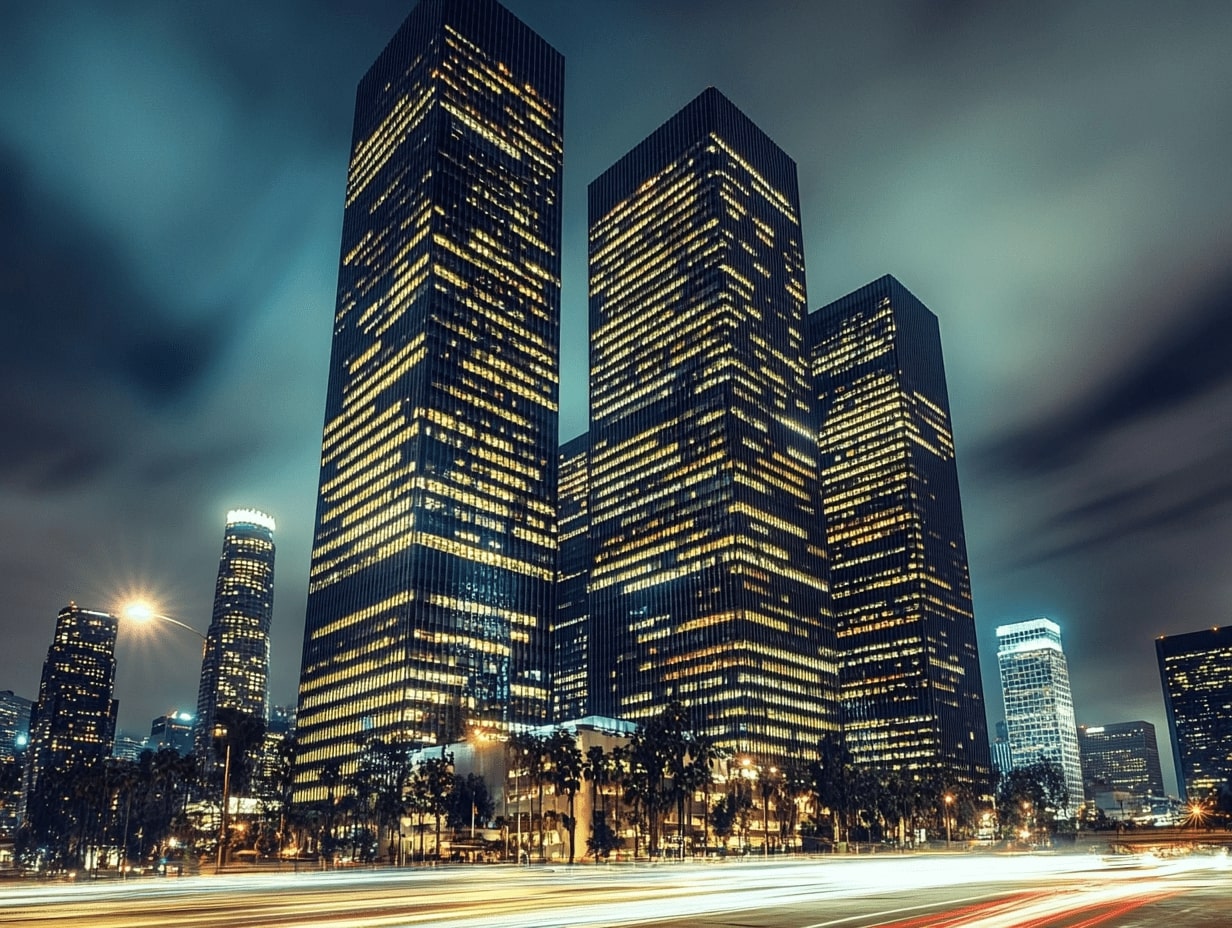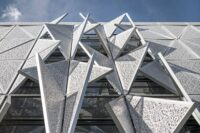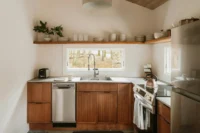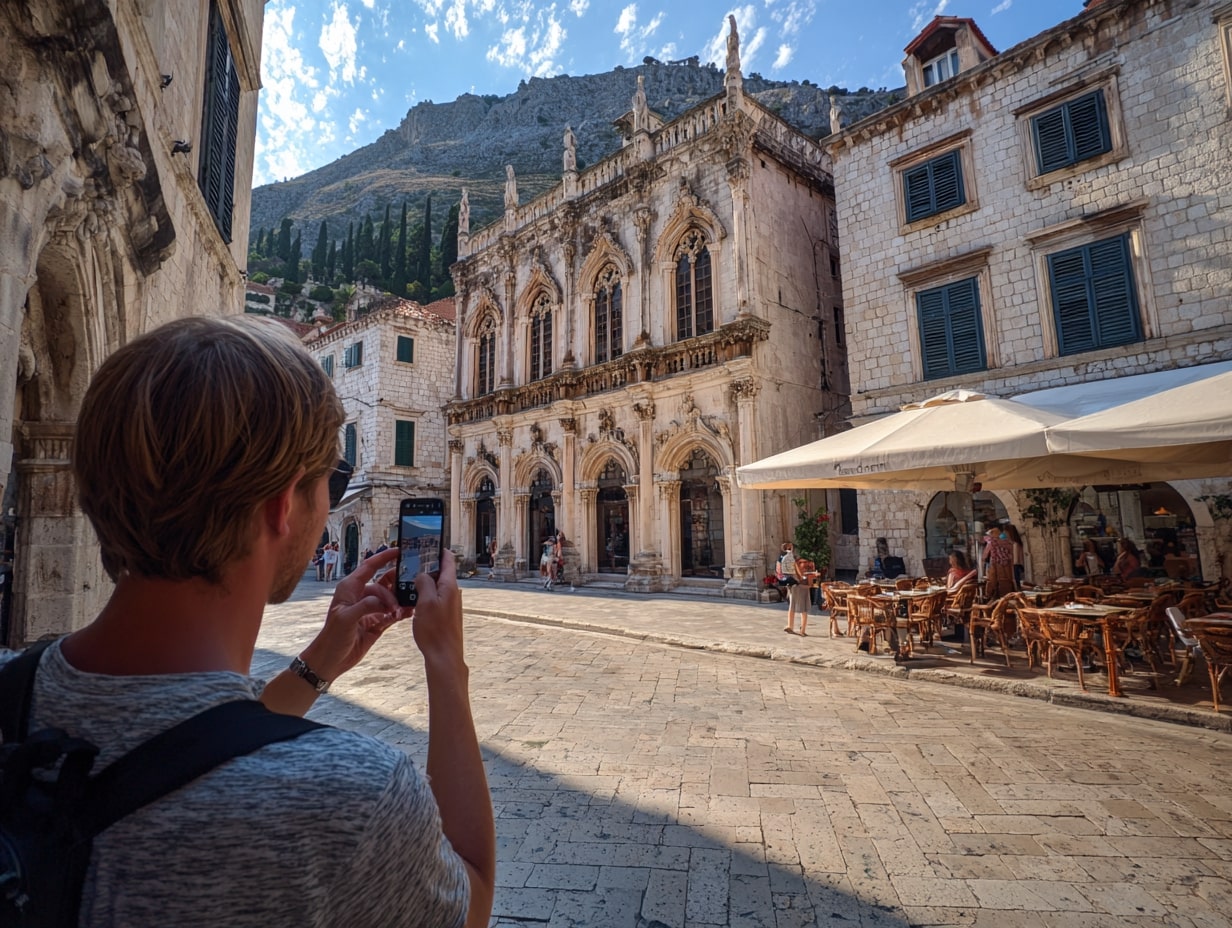- Home
- Articles
- Architectural Portfolio
- Architectral Presentation
- Inspirational Stories
- Architecture News
- Visualization
- BIM Industry
- Facade Design
- Parametric Design
- Career
- Landscape Architecture
- Construction
- Artificial Intelligence
- Sketching
- Design Softwares
- Diagrams
- Writing
- Architectural Tips
- Sustainability
- Courses
- Concept
- Technology
- History & Heritage
- Future of Architecture
- Guides & How-To
- Art & Culture
- Projects
- Interior Design
- Competitions
- Jobs
- Store
- Tools
- More
- Home
- Articles
- Architectural Portfolio
- Architectral Presentation
- Inspirational Stories
- Architecture News
- Visualization
- BIM Industry
- Facade Design
- Parametric Design
- Career
- Landscape Architecture
- Construction
- Artificial Intelligence
- Sketching
- Design Softwares
- Diagrams
- Writing
- Architectural Tips
- Sustainability
- Courses
- Concept
- Technology
- History & Heritage
- Future of Architecture
- Guides & How-To
- Art & Culture
- Projects
- Interior Design
- Competitions
- Jobs
- Store
- Tools
- More
How to Capture Perfect Architectural Shots as a Beginner: Tips and Techniques to Get Started
Discover the secrets to capturing stunning architectural photography for beginners. Learn essential techniques like mastering composition, lighting, and perspective, while avoiding common mistakes. Get tips on the best gear, creative framing, and post-processing to transform buildings into captivating visual stories. Unleash your creativity and showcase architectural beauty with ease!

Capturing stunning architectural shots can feel like a daunting task, especially when we’re just starting out. The intricate details, dynamic angles, and interplay of light and shadows all present unique challenges. But with the right approach and a bit of practice, we can turn even the most complex structures into breathtaking visual stories.
As beginners, it’s easy to get overwhelmed by technical settings or finding the “perfect” perspective. The good news? We don’t need expensive gear or years of experience to get it right. By focusing on composition, lighting, and a few simple techniques, we can elevate our photography game and bring architectural marvels to life through our lenses. Let’s explore how to capture those perfect shots that leave a lasting impression.
Table of Contents
ToggleUnderstanding Architectural Photography
Architectural photography captures the essence of structures, blending art and technical skill. It emphasizes details, symmetry, and how light interacts with design.
What Makes Architectural Shots Unique
Architectural photography is unique because it documents design, scale, and functionality. Capturing elements like texture, patterns, and proportions highlights a building’s personality. For example, photographing ornate cathedral spires or minimalist glass facades both emphasize different design philosophies. Timing is also key, as light conditions such as golden hour or night lighting can transform a structure’s appearance dramatically.
Importance of Perspective and Angles
Perspective and angles define a composition’s impact. Shooting from low angles creates a sense of grandeur, making skyscrapers seem towering and dramatic. High vantage points provide a sense of scale, revealing how a structure fits within its environment. Aligning with leading lines, such as pathways or columns, draws viewers’ focus to key elements of the structure. Generous foreground or background space can also add context, framing the subject effectively.

Essential Gear for Beginners
Choosing the right equipment lays the foundation for striking architectural shots. With a few key items, beginners can capture intricate details and creative perspectives effectively.
Camera Recommendations
A DSLR or mirrorless camera with manual controls is ideal for architectural photography. Models like the Canon EOS Rebel T8i or Sony Alpha a6000 offer versatility and ease of use for beginners. Look for cameras with a wide dynamic range and RAW shooting capabilities to handle varying lighting conditions and retain detail in shadows and highlights.
Lenses for Architectural Photography
A wide-angle lens, such as a 16-35mm, is crucial for capturing expansive structures and interiors. For minimizing distortion, especially when shooting tall buildings, consider a tilt-shift lens like the Canon TS-E 24mm or Nikon PC 19mm. Prime lenses with sharp optics, like the Sigma 35mm Art series, are great for detailed shots.
For architectural photography, precision in highlighting structural details is key. The background remover harnesses advanced AI to seamlessly eliminate unwanted elements from your images, allowing you to focus on the elegant lines and intricate details of your subject. This efficient tool not only streamlines post-processing but also ensures that your final images maintain a clean, professional look, making it an invaluable asset for both seasoned photographers and beginners alike.
Tripods and Accessories
A sturdy tripod ensures stability for long exposures and precise framing, particularly in low light. Look for models like the Manfrotto Befree or Vanguard Alta Pro. Include a remote shutter release or use the camera’s timer to reduce vibration. Circular polarizing filters can also help reduce reflections on windows and enhance the sky in outdoor compositions.

Techniques for Capturing Perfect Shots
Perfect architectural photography relies on precision, planning, and creativity. Understanding composition, light, and details transforms ordinary images into striking visuals.
Mastering Composition and Framing
Focusing on composition ensures structures look balanced and engaging. We align subjects with leading lines, like streets or columns, to naturally draw viewers’ eyes to the building. Placing prominent elements of architecture according to the rule of thirds adds appeal while avoiding a static feel. Including unique foreground or background elements, such as foliage or the sky, creates depth.
Using Light to Your Advantage
Capturing architecture in ideal lighting highlights textures, tones, and details. We shoot during the golden hour for warm, soft light or utilize harsh midday sun for strong shadows and contrasts. Night photography emphasizes a building’s lighting design, where long exposures bring out clean, illuminated lines. We avoid overexposure by balancing light and shadow, ensuring neither overwhelms the photo.
Importance of Symmetry and Patterns
Symmetry and patterns showcase architectural precision and artistry. We focus on mirrored elements, like repeating arches, windows, or geometric lines, to create a sense of balance. Breaking symmetry deliberately, in elements like open doors or offset shadows, can add interest while retaining visual structure.
Post-Processing Tips for Beginners
Post-processing refines colors, sharpens details, and rectifies flaws. We begin by correcting lens distortions, especially common with wide-angle lenses. Adjusting brightness, contrast, and saturation elevates the visual quality, but we try not to misrepresent the structure. Using basic tools in software like Lightroom, we crop images and remove distractions within the frame to emphasize architectural intent.

Common Mistakes to Avoid
Avoiding common pitfalls helps us take precise, impactful architectural shots. Here are some mistakes beginners often make and how to overcome them.
Overlooking Details in the Scene
Lack of attention to small, disruptive elements can ruin compositions. We ensure the area is free of distractions like litter, cluttered objects, or unintentional reflections in glass surfaces. Checking for symmetry, alignment, and background noise helps maintain a clean, professional look. For example, when shooting interiors, misplaced chairs or wires can detract from the subject.
Relying Too Much on Auto Mode
Overuse of auto mode limits creative potential and control. Shifting to manual settings lets us refine exposure, shutter speed, and aperture for optimal results. For instance, adjusting aperture for depth of field or fine-tuning ISO to manage noise significantly improves photo quality. This control makes a difference in challenging lighting conditions or when emphasizing specific architectural features.
Ignoring Weather and Time of Day
Poor consideration of weather and light reduces photo quality. Overcast skies often soften shadows for modern structures, while the golden hour enhances textures with warm light. Planning shoots based on weather forecasts or capturing buildings at night with artificial illumination adds a creative edge. For example, photographing a historic structure under dramatic clouds enhances mood and visual storytelling.

Tips for Practicing Architectural Photography
Practicing consistently builds the skills needed for capturing exceptional architectural shots. Focusing on local structures, varying perspectives, and learning from experts can accelerate improvement.
Starting with Local Landmarks
Local landmarks provide accessible opportunities for practice. Structures like churches, modern office buildings, or historic homes often feature unique design elements and textures. Familiar environments help refine composition skills without the pressure of unfamiliar locations. Exploring the same structure at different times of day reveals how light affects its appearance and highlights new details.
Experimenting with Different Angles and Heights
Different angles and heights create dynamic and engaging shots. Capturing low-angle views emphasizes scale and grandeur, while high vantage points offer context and balance. Tilting the camera slightly can redefine symmetry and showcase a fresh perspective. Experimenting with horizontal, vertical, and diagonal alignments enhances creativity and helps establish a distinct style.
Learning from Experienced Photographers
Studying the work of experienced photographers deepens our understanding of architectural photography. Observing how they use light, framing, and angles inspires new approaches to composition. Attending workshops or following tutorials provides practical insights into techniques for capturing stunning images. Engaging with photography communities online or in-person enables knowledge-sharing and constructive feedback.
Conclusion
Mastering architectural photography involves a blend of technical knowledge and creative vision. By focusing on composition, lighting, and perspective, we can transform ordinary structures into captivating visual stories. Leveraging the right equipment, like a DSLR or mirrorless camera paired with a wide-angle or tilt-shift lens, enriches the photographic experience. Incorporating deliberate planning, such as timing shoots during the golden hour or selecting unique vantage points, ensures each shot is impactful.
Avoiding common mistakes like poor framing, unwanted distractions, or over-reliance on auto mode sharpens our techniques and enhances the final images. Practice remains integral; experimenting with local landmarks and studying architectural details deepens our understanding of balance and symmetry. Through dedication and creativity, architectural photography turns into a revealing journey of skills and art.
- architectural photography composition tips
- architectural photography for beginners
- architectural photography guide
- architectural photography tips
- Architectural photography tutorials
- architecture photo tips
- architecture photography settings
- architecture photography techniques
- basic architectural photography
- beginner architectural photography
- beginner architecture photography guide
- beginner photography architecture tips
- best camera for architectural photography
- capture stunning architecture photos
- how to photograph architecture
- how to shoot architecture
- photography tips for architecture
- techniques for photographing architecture
- tips for architectural photography
Submit your architectural projects
Follow these steps for submission your project. Submission FormLatest Posts
Famous Architectural Photographers You Should Know
Famous architectural photographers you should know—Stoller to Baan. Learn their styles, what...
How to Restore Old Photos of Historical Buildings with AI Tools
Introduction To restore old photos is essential since these contain invaluable memories,...
From Las Vegas to Rome: A Visual Journey by Iwan Baan at Princeton University
The Princeton University School of Architecture presents “From Las Vegas to Rome”...
Unlocking the Art of Architectural Photography: Techniques, Tips, and Equipment Guide
Explore the captivating world of architectural photography in our latest article. Discover...












Leave a comment